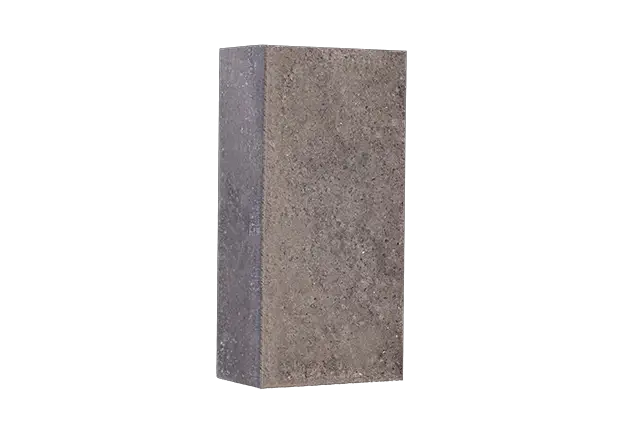As I delve into the intricate world of cement production, one issue consistently raises its ugly head: early wear in cement kilns. It's like that uninvited guest that shows up to your party and overstays their welcome. But unlike this hypothetical party crasher, early wear can seriously impact the efficiency and lifespan of these critical machines.
So, what causes this early wear? Well, first off, high temperatures that range from scorching to downright outrageous can wreak havoc on the kiln components. It's almost as if they thrive in the heat! In addition, factors like clinkering reactions, aggressive chemicals, and mechanical abrasion all play their part in this wear drama.
Now, before you start looking for a magic wand to wave away these wear woes, let me introduce you to a promising ally: phosphate-bonded high-alumina bricks. Yes, these bricks are not just tough but also offer a unique fusion of durability and performance in high-temperature environments.
What’s the big deal, you ask? Well, these bricks possess excellent resistance to thermal shock and chemical attack, essentially making them the unsung heroes of kiln maintenance. They step in to handle high thermal loads while maintaining structural integrity, as if saying, "Bring it on!" 🦸♂️
Replacing worn-out components with phosphate-bonded high-alumina bricks can not only extend the life of your kiln but also reduce maintenance costs significantly. Imagine saying goodbye to frequent repairs and costly downtimes! That’s enough to make any plant manager do a little happy dance.
In a world where sustainability takes the front seat, these high-alumina bricks embrace eco-friendly practices too. Their efficient performance translates to lower energy consumption and lesser environmental impacts, making them a go-to option for forward-thinking cement manufacturers.
To sum it all up, tackling early wear in cement kilns doesn’t have to feel like an uphill battle. By incorporating phosphate-bonded high-alumina bricks into your maintenance strategies, you’re not just addressing wear issues; you’re investing in durability, sustainability, and a smoother operational flow.
So the next time early wear comes knocking, you’ll be ready to pull out your best weapon—and maybe even smile while doing it! 😄

